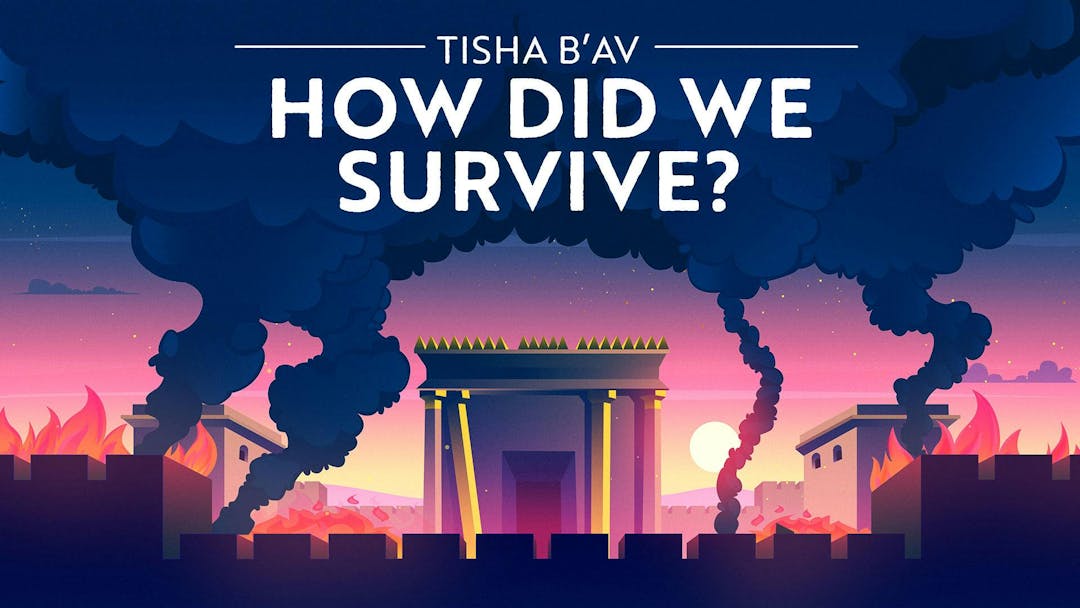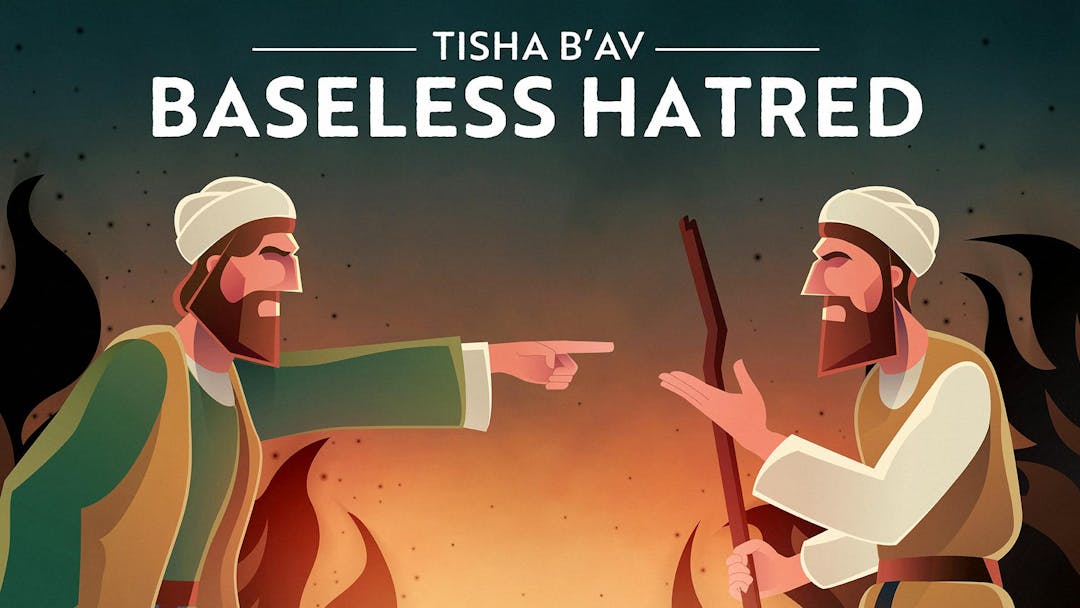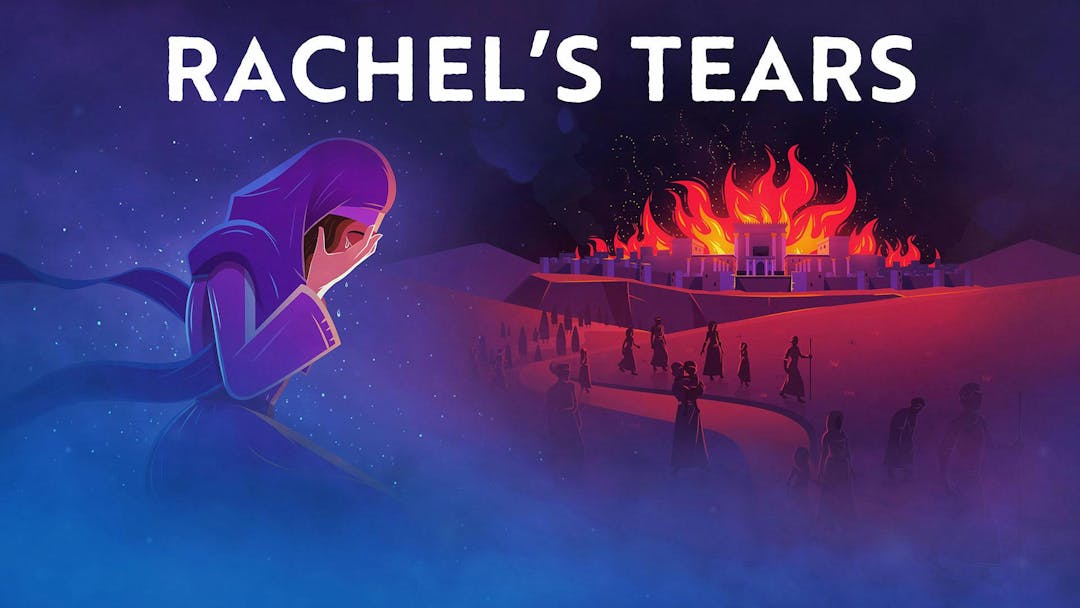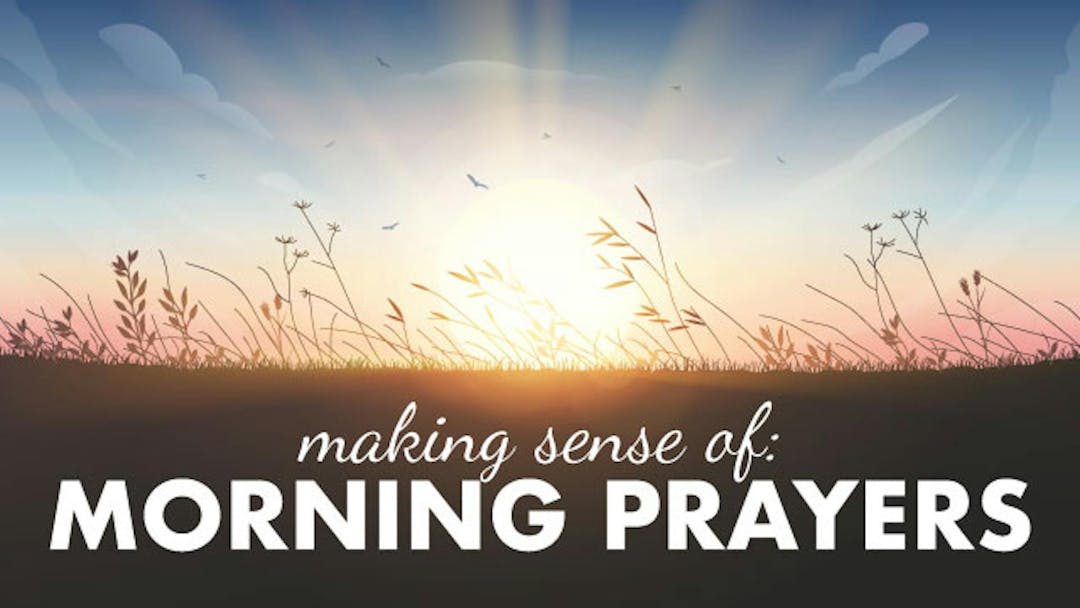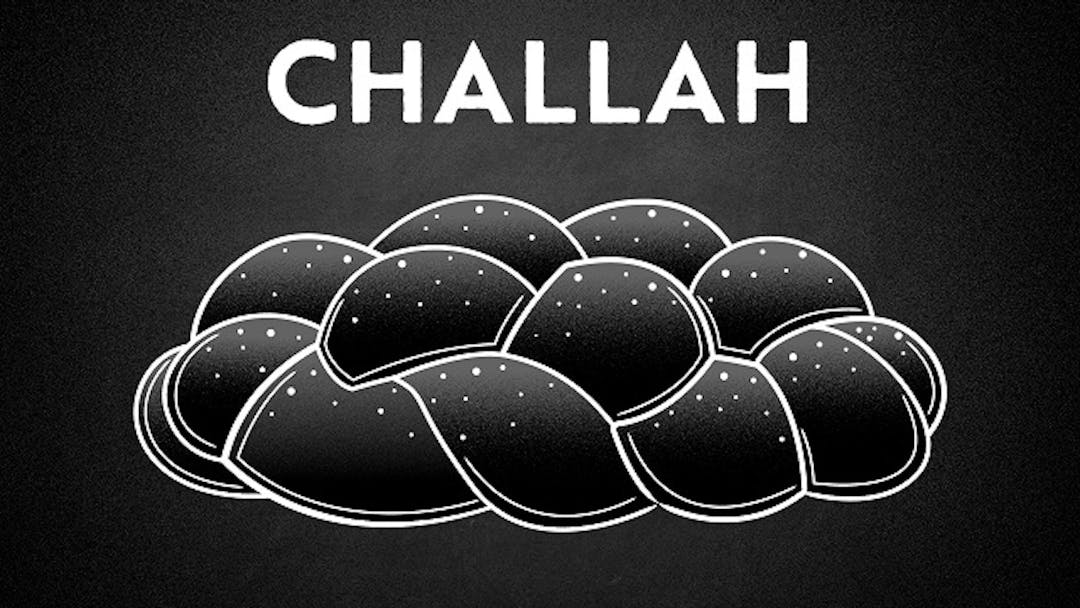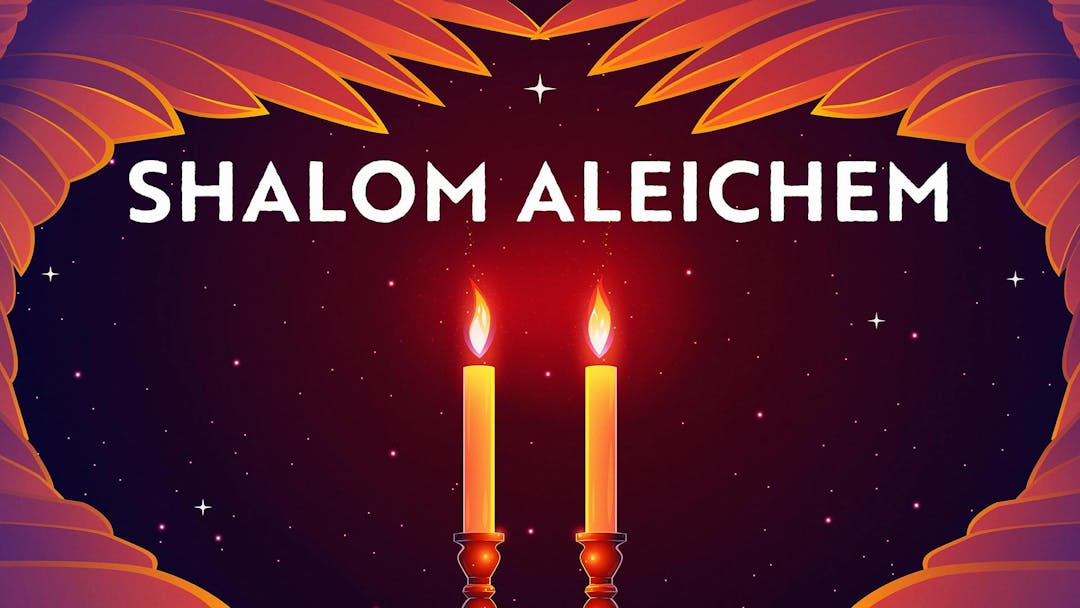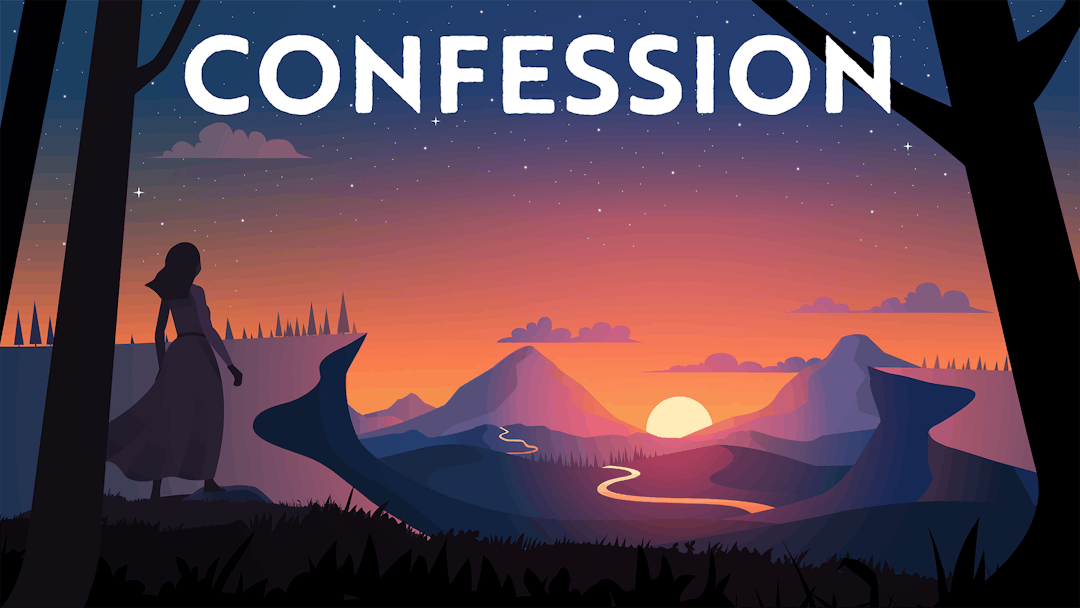Start your free trial today to unlock the full library and enjoy unlimited and uninterrupted access.
Get StartedThe 17th of Tammuz
The Meaning Of Tzom Tammuz
The 17th of Tammuz is the tragic start to the Three Weeks, a period of intense mourning that culminates with Tisha B'av – the day the Temple was destroyed. And if that's not enough, the Mishna lists a couple more calamities that took place on the 17th of Tammuz.
The first one was at Mount Sinai, when Moses shattered the tablets of the Ten Commandments upon seeing the Golden Calf. Then, during the Babylonian siege of the First Temple, it was the day the Kohanim ran out of animals to sacrifice for the daily offering. Generations later, on this very day, a Roman general named Apostamos publicly burned a Torah scroll. He then placed an idol in the most sacred room in the Temple.
Is it just a coincidence that all these terrible moments happened on the same day? Is the 17th of Tammuz just the Israelites’ bad luck day, or is there a common theme that runs throughout the events of this day?
Join us as we explore this tragic day in Jewish History – and never think of the 17 Tammuz the same way again.
Watch Rabbi Fohrman's series on Sinat Chinam, Baseless Hatred, here.
Learn more about the 17th of Tammuz, by checking out Shiva Asar B’Tammuz, The Three Weeks & Nine Days, and Tisha Bav!
Want to watch the full video for free?
Enter your email and we’ll send you a link to watch the full series free.
What is Aleph Beta?
Aleph Beta is a unique kind of Torah library. Led by our founder, Rabbi David Fohrman, we are dedicated to high-level, textual Torah learning for adults that is intellectually and spiritually sophisticated, that enlivens your Jewish practice and helps you forge a deeper connection to God. Whether you’ve been learning in yeshiva for years or you’re just beginning your Torah journey, you’re sure to find something meaningful and surprising waiting for you here.
Browse our library of over 1,000 beautifully produced animated videos, podcasts, deep dive courses, and printable guides. Topics include the weekly parsha, Jewish holidays & fast days, laws & mitzvot, prayers, relationships, big philosophical ideas and more. Have something to say at the Shabbos table that will amaze your family and guests and bring deep meaning into their lives.
